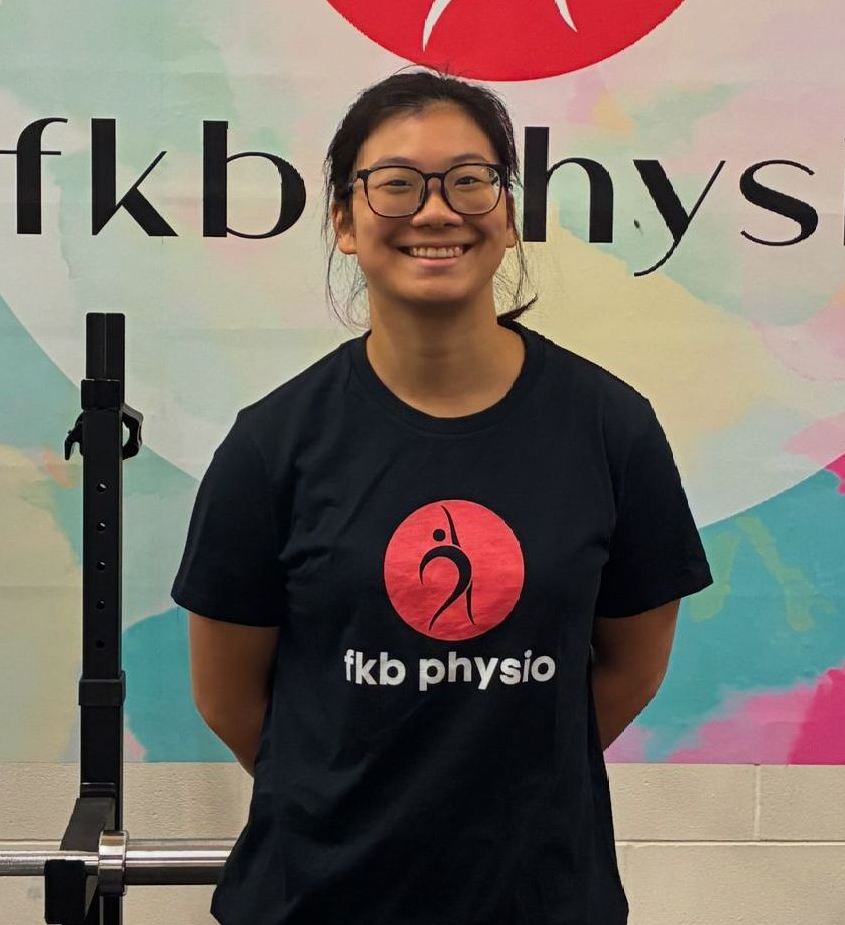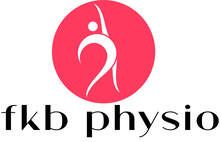Interpreting DEXA scans
Osteopenia and osteoporosis are common conditions in Australia, with up to 7.5 million people affected by poor bone density. In populations over the age of 50, an estimated 66% have either osteopenia or osteoporosis. These conditions happen when bone density is reduced, and the structure of the bone is affected. This increases risk of fracture, even with a low force injury. Hence, it is crucial for early diagnosis and treatment or management of these conditions, to prevent fractures from happening.
To diagnose bone health disorders, dual energy x-ray absorptiometry (DEXA) scans are considered the gold standard diagnostic tool. DEXA scans are safe, low radiation imaging that measure the mineral content of bones, such as calcium content.
In Australia, DEXA scans are eligible for Medicare rebates if you meet certain criteria. The criteria are listed in the table below:
Patients over 50 with risk factors:
- Early menopause
- Hypogonadism
- Anticipated glucocorticoids/corticosteroid use ≥ 4 months, ≥7.5mg/day
- Coeliac disease/malabsorption disorders
- Rheumatoid arthritis
- Primary hyperparathyroidism
- Hyperthyroidism
- Chronic kidney or liver disease
- Androgen deprivation therapy
Patients with a minimal trauma fracture
- DEXA recommended to establish a baseline BMD for treatment
Suspected vertebral fracture – to be referred for spinal x-ray first
- Height loss of 3cm or more
- Thoracic kyphosis
- New onset back pain suggestive of fracture
- Refer for DEXA if fracture is confirmed and therapy is indicated
Patients with osteoporosis
- T-score equal to or less than -2.5 eligible for one scan every 2 years
Patients over 70 years of age
- Both men and women eligible
- Patients with a normal result or mild osteopenia (measured by a T-score down to -1.5) eligible for one scan every 5 years
- Patients with moderate to marked osteopenia (as measured by T-score less than -2.5 and above -2.5 will be eligible for one scan every 2 years)
If you do not meet the criteria but still are at high risk of poor bone health, you can still be referred by your doctor for a DEXA scan, but may have to pay for it.
DEXA SCAN REPORT INTERPRETATION
When you receive the result of your DEXA scan, it can be difficult to interpret what all the alphabets and values mean. Let’s break down how to understand all the different acronyms and numbers.
The sites that are typically imaged for DEXAs are usually the L1-L4 or L2-L4 vertebra, the pelvis and the upper part of the thigh bone (femur) and femoral neck. These are some of the areas that are at high risk of fracture, especially in a fall. However, wrists may also sometimes be assessed, especially in patients who are unable to lay supine for scans on the hips or lumbar spine.
BMD refers to bone mineral density, which refers to the amount of mineral content (e.g. calcium) in bone tissue. This is your specific bone density value which is used to be compared against other people to obtain your T-score and Z-score. It is also worth noting that the presence of osteoarthritis in one of these areas can artificially inflate BMD in that area, which may explain why one site may be significantly osteoporotic, while another site may have seemingly high BMD. This does not mean that the area is not osteoporotic, as osteoarthritis structurally changes the bone, which still increases risk of fracture.
T-score is the standard deviations that your bone density is, compared to a young healthy adult of the same sex. Essentially, this number determines whether your bone density is significantly more or less, compared to that of the peak bone density of a younger healthy adult of the same sex. In populations over 50 years of age or menopausal women, a value of -2.5 or lower is considered osteoporosis, and a value between -1 and -2.5 is considered osteopenia.
Other than using the T-score to diagnose osteoporosis, individuals over 50 years of age with a low trauma hip or vertebral fracture are also considered to have clinical osteoporosis. Individuals over 50 years with low trauma fractures in other areas, and a T-score below -1.5 are also considered to have clinical osteoporosis.
Z-score compares your bone density to someone of the same age and same sex. The normal range is -2.0 to +2.0. At any age, a value of -2.0 or lower is outside the norm and further investigation should be considered to exclude underlying disease which may be causing bone loss. For younger populations under the age of 50, the Z-score is more accurate in predicting risk of fracture and bone health disorders, rather than the T-score.
In some DEXA reports, there may also be some additional values such as Absolute Fracture Risk, Trabecular Bone Score and Vertebral Fracture Assessment. These values do not attract MBS rebates but can be helpful in screening for fracture or risk of it.
Absolute Fracture Risk (AFR) uses a calculation tool named FRAX to assess fracture risk over a 10 year period. This may include a percentage value for either a major osteoporotic fracture, or a hip fracture. This is the percentage likelihood that you may sustain a fracture in those categories. This value is calculated by considering a collection of inputs such as demographic information, alcohol use, metabolic diseases and corticosteroid use. It is recommended that adults over 50 years of age with a 20% or greater risk of a major osteoporotic fracture or a 3% or greater risk of hip fracture should be treated to improve bone health.
Trabecular bone score (TBS) is obtained via analysis of bone quality and bone micro-architecture. The degree of connectivity and organization within the internal structure of the bone is measured. This score can help predict whether someone is more susceptible to fracture. A higher TBS score represents greater trabecular density, better bone connectivity and less trabecular separation, which is likely to be associated with a lower fracture risk.
Vertebral Fracture Assessment/Lateral Vertebral Assessment (VFA/LVA) is a screening tool for asymptomatic vertebral fractures. Fractures detected with this tool should be confirmed by plain x-ray.
MY DEXA SHOWS I’VE GOT OSTEOPOROSIS/OSTEOPENIA! WHAT NOW?
Hopefully, this blog was helpful in helping you make sense of your DEXA scan! If your DEXA shows or if you’ve been told you have osteopenia or osteoporosis, there are steps that you can take to reduce your risk of fracture and further bone health deterioration. Bone tissue is living tissue which is adaptable and can respond to stimuli.
Our bone density classes are aimed at increasing the load and demand on your bone tissue, which encourages bone remodeling and growth. We tailor exercises to a level that is suitable for you.
If you are interested to find out more on how to improve your bone health, do reach out or book an appointment and we can discuss your next steps further!

Written by Jaslynn Lim. Jaslynn runs classes and 1:1 sessions at our Bowen Hills and Fortitude Valley Brisbane clinics on Mondays, Wednesdays and Fridays.
If you prefer a video or audio format for this type of information, below is a youtube version, and there is also an episode on our podcast in spotify.

